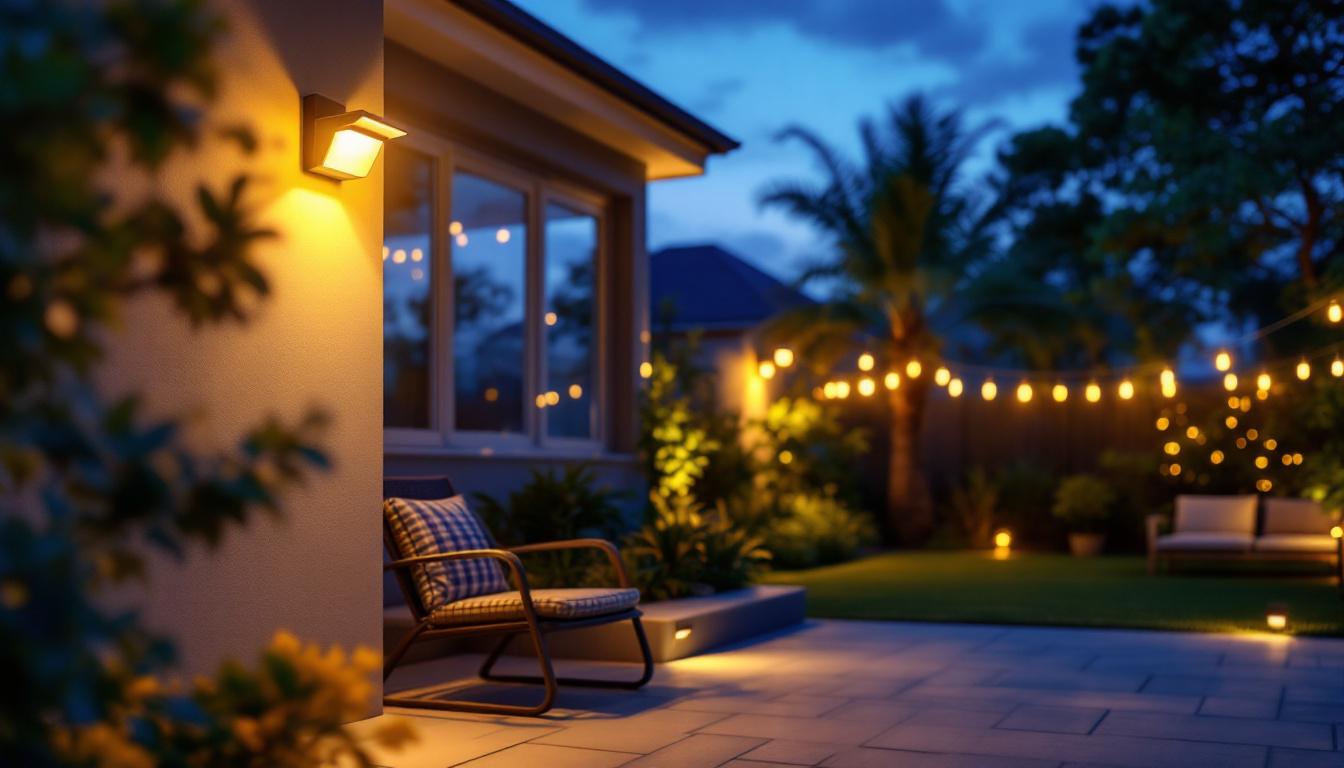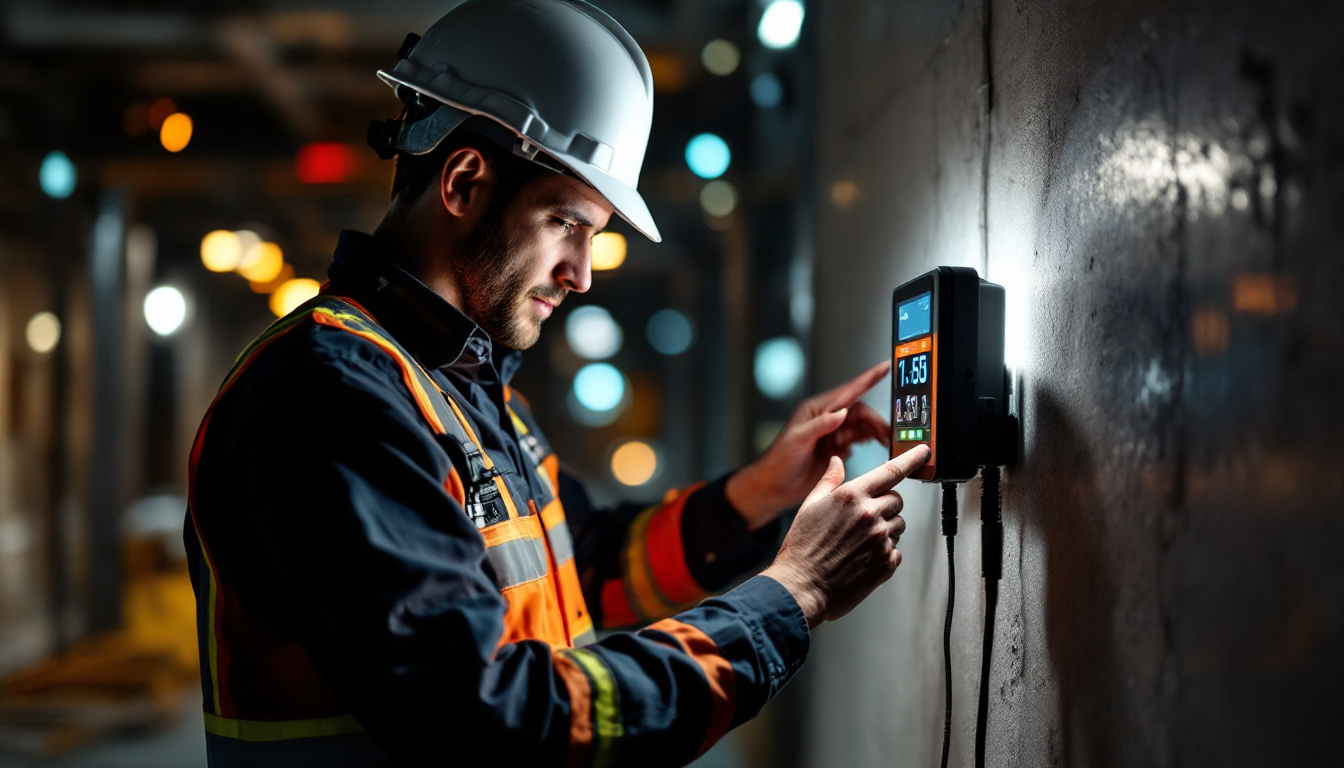
In the realm of outdoor lighting, motion lights have gained immense popularity due to their practicality and efficiency. As a lighting contractor, understanding the best practices for selecting and installing these lights can significantly enhance your service offerings and client satisfaction. This article delves into the best outdoor motion lights available, along with expert insights on installation and maintenance to help you elevate your projects.
Outdoor motion lights are designed to illuminate areas when movement is detected, providing both security and convenience. These lights can be used in various settings, including residential yards, commercial properties, and public spaces. Their ability to activate upon detecting motion makes them an effective deterrent against intruders while also serving practical purposes, such as lighting pathways or driveways. In addition to enhancing safety, these lights can also improve the aesthetic appeal of outdoor spaces, creating a welcoming atmosphere for guests and passersby alike.
Furthermore, outdoor motion lights often come equipped with energy-efficient LED technology, which not only reduces electricity consumption but also extends the lifespan of the bulbs. This is particularly beneficial for homeowners and businesses looking to minimize their environmental footprint while maintaining effective lighting solutions. With advancements in technology, many motion lights now offer smart features that allow users to control them remotely via smartphone apps, providing enhanced convenience and flexibility in managing outdoor lighting.
There are several types of outdoor motion lights available, each with its unique features and applications. Understanding these types can help contractors recommend the best solution for their clients’ needs. Each type serves different purposes and can be strategically placed to maximize both security and functionality.
When selecting outdoor motion lights, several key features should be taken into account:
Proper installation of outdoor motion lights is essential for optimal performance and longevity. Here are some best practices that lighting contractors should adhere to during the installation process.
The placement of motion lights plays a significant role in their effectiveness. Ideal locations include:
In addition to these common locations, consider placing motion lights near windows or other entry points that may not be as obvious. This added illumination can serve as a deterrent to would-be intruders, as well as provide peace of mind for homeowners. Furthermore, integrating motion lights with landscaping can enhance the aesthetic appeal of a property while serving a practical purpose. For instance, illuminating garden paths or highlighting architectural features can create a welcoming atmosphere while ensuring safety.
The height at which motion lights are installed is crucial for their effectiveness. Generally, lights should be mounted at a height of 6 to 10 feet. This height allows for an optimal detection range while minimizing the chances of false triggers from small animals.
Additionally, the angle of the light should be adjusted to cover the desired area. A downward angle ensures that the light illuminates the ground effectively, while a wider angle may be necessary for larger spaces. It’s also important to consider the surrounding environment; for instance, if there are trees or structures nearby, these can obstruct the light’s coverage. Adjusting the angle to avoid these obstructions can significantly enhance the performance of the motion lights.
When installing outdoor motion lights, it is essential to ensure that the wiring is appropriately secured and protected from the elements. Using weather-resistant materials and conduits can help prevent damage from moisture and temperature fluctuations.
For lights that require hardwiring, contractors should ensure that the power supply is adequate and complies with local electrical codes. For solar-powered options, positioning the solar panel for maximum sunlight exposure is critical for optimal performance. Additionally, it is wise to consider the battery life of solar-powered lights, as this can affect their efficiency during cloudy days or during the winter months when sunlight is limited. Regular maintenance checks can help ensure that the solar panels remain clean and unobstructed, thus maximizing their energy absorption and extending the lifespan of the motion lights.
Outdoor lights are exposed to various elements, which can lead to dirt and debris accumulation. Regularly cleaning the fixtures helps maintain their brightness and functionality. A simple wash with mild soap and water can remove grime and ensure that the sensors remain unobstructed.
Contractors should recommend periodic testing of the motion sensors to ensure they are functioning correctly. This can be done by walking in front of the lights to see if they activate as expected. If the sensors are not responsive, adjustments may be needed to the sensitivity settings or the positioning of the light.
Regular inspections for any signs of damage, such as cracks in the housing or loose wiring, can prevent larger issues down the line. Addressing minor repairs promptly can save clients from costly replacements and ensure their lights remain effective.
As a lighting contractor, recommending the right products to clients is paramount. Here are some factors to consider when selecting outdoor motion lights for various applications.
With the increasing emphasis on sustainability, energy-efficient lighting options are becoming more popular. LED motion lights are an excellent choice due to their low energy consumption and long lifespan. Educating clients about the benefits of LED technology can help them make informed decisions.
Outdoor lights must withstand various weather conditions, from heavy rain to extreme temperatures. Selecting products that are rated for outdoor use and made from durable materials will ensure longevity. Look for lights with an IP (Ingress Protection) rating, which indicates their resistance to dust and moisture.
Smart motion lights that can be controlled via smartphone apps or integrated into home automation systems are gaining popularity. These products offer added convenience and features such as scheduling and remote access. Contractors should stay updated on the latest smart lighting technologies to provide clients with innovative solutions.
While installing and maintaining outdoor motion lights can be straightforward, several challenges may arise. Understanding these challenges and their solutions can enhance a contractor’s effectiveness.
One of the most common issues with motion lights is false triggers caused by animals, wind, or passing vehicles. To mitigate this, contractors can recommend lights with adjustable sensitivity settings or dual technology sensors that combine PIR and microwave detection for increased accuracy.
If motion lights are not performing consistently, it may be due to improper installation or environmental factors. Ensuring that lights are mounted at the correct height and angle can improve performance. Additionally, contractors should advise clients on the importance of keeping the sensor lenses clean and free from obstructions.
In some cases, clients may find that the coverage area of their motion lights is insufficient. This can often be resolved by adding additional lights or using fixtures with a wider beam angle. Contractors should assess the property and recommend a lighting layout that provides comprehensive coverage.
Outdoor motion lights are an essential component of modern lighting solutions, providing security, convenience, and energy efficiency. For lighting contractors, understanding the various types, installation best practices, and maintenance tips is crucial for delivering high-quality service to clients.
By staying informed about the latest products and technologies, contractors can enhance their offerings and meet the evolving needs of their customers. Whether it’s selecting the right fixtures or addressing common challenges, a thorough understanding of outdoor motion lights will empower contractors to deliver exceptional results.
As the demand for outdoor lighting continues to grow, embracing these best practices will ensure that lighting contractors remain at the forefront of the industry, providing clients with innovative and effective solutions.
Ready to take your outdoor lighting projects to the next level? At LumenWholesale, we provide lighting contractors with the finest selection of spec-grade outdoor motion lights. Our commitment to quality and affordability means you can equip your projects with the best lighting solutions without the premium price tag. Say goodbye to local distributor markups and hello to our unbeatable wholesale prices, complete with the convenience of free shipping. Elevate your service offerings with reliable, high-performance lighting that meets the highest industry standards. Discover the ideal blend of quality, value, and convenience at LumenWholesale – Wholesale Lighting at the Best Value.

Discover the benefits and features of digital light timers in this comprehensive guide tailored for lighting contractors.

Discover the key factors lighting contractors consider when selecting lamps, from energy efficiency to aesthetic appeal.

Discover how 8-foot fluorescent light fixtures can enhance your lighting projects and boost profits.

Discover how the Lumens coupon promotion code is revolutionizing the lighting industry for contractors.